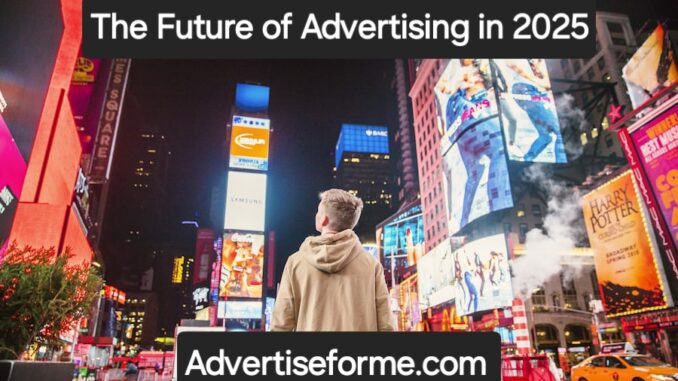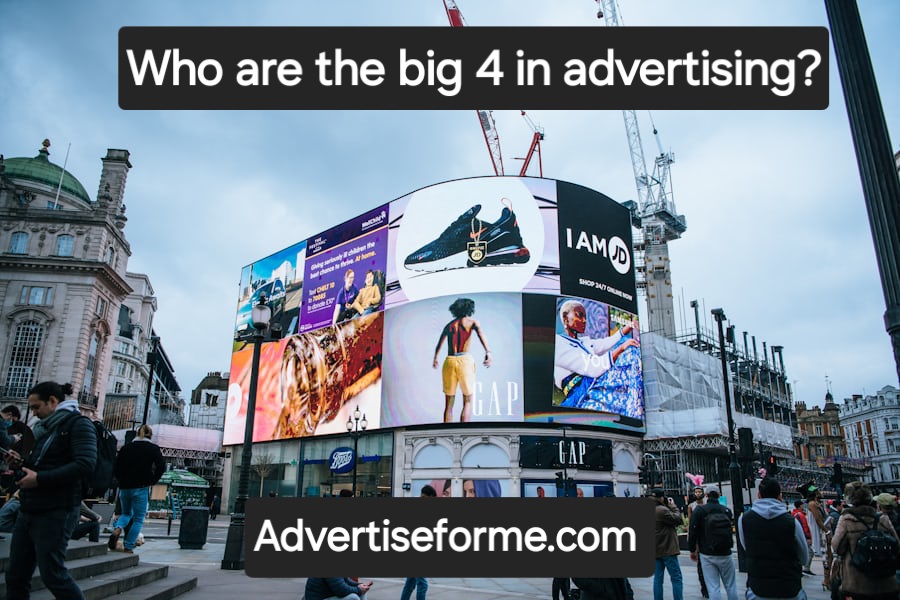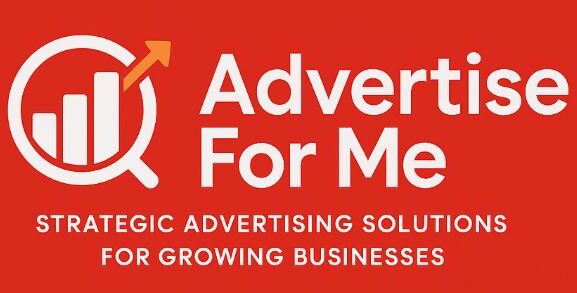
Advertising has changed more in the last five years than it did in the last two decades. In 2025, we are seeing a shift from traditional ad methods to advanced, data-driven campaigns powered by artificial intelligence. Businesses that once relied on billboards and flyers now run intelligent, personalized ads online that adjust to each user in real time.
Consumers are no longer passive viewers. They expect brands to know them, respect their privacy, and deliver messages that matter. This means that the future of advertising must be responsive, respectful, and relevant. Companies that ignore this trend risk becoming invisible to their audience.
In this article, we will explore how advertising is evolving in 2025. We will also look at the laws shaping it, the trends you should follow, and what businesses must do to stay competitive. Whether you are a marketer, entrepreneur, or small business owner, this guide will help you prepare for the new advertising landscape.
What is the future of advertising in 2025?
The future of advertising in 2025 is smart, fast, and deeply personalized. Thanks to AI and machine learning, brands can now target people based on behavior, location, interests, and even mood. This is not guesswork. It’s precision marketing.
Instead of a one-size-fits-all approach, businesses now use data to create different ads for different audiences. Someone in Lagos might see a different version of an ad than someone in Abuja. Both are targeted and relevant to each viewer.
This new kind of advertising puts the customer first. Brands that succeed are those that listen, learn, and adapt quickly. They speak directly to people’s needs without being pushy. They are also transparent about how they use customer data, which builds trust.
How will advertising be in the future?
Advertising in the future will rely more on automation and less on human guesswork. AI tools will write copy, design visuals, and even run test campaigns without human input. This allows marketers to spend more time on strategy and storytelling.
Customers will control how they receive ads. They can choose what kind of ads they want to see and on which platform. This creates a better experience and reduces ad fatigue, which is when people get tired of seeing the same ads repeatedly.
As technology improves, advertising will become even more interactive. Think of smart billboards that talk to you or ads that change depending on your facial expressions. It sounds futuristic, but it is already starting to happen.
What is the advertising law in 2025?
In 2025, privacy laws are stricter than ever. Countries now require businesses to clearly explain how they collect, store, and use customer data. This includes websites, apps, and ad platforms. You must get consent before tracking user behavior.
The NDPR in Nigeria and laws like GDPR in Europe have set the standard. Fines for breaking these rules can be massive. That means businesses need to be extra careful with how they handle personal information.
To stay safe, brands should be transparent. Always tell users what data you collect and why. Give them a way to opt out. Most of all, respect their privacy. This builds long-term trust, which is more valuable than any short-term gain.
What is the next big thing in advertising?
The next big thing in advertising is predictive personalization. Instead of reacting to customer behavior, brands will start predicting it. Imagine knowing what a customer wants before they search for it.
This is possible through AI that analyzes browsing habits, purchase history, and even voice commands. When combined, this data helps businesses offer products or services at the perfect moment.
Voice search and AI-generated video ads are also gaining traction. Smart speakers, voice assistants, and tools like Sora are changing how people interact with ads. The brands that win will be the ones that move early and adapt fast.
What are the 5 A’s of advertising?
The 5 A’s of advertising are: Aware, Appeal, Ask, Act, and Advocate. These represent the customer journey from first contact with a brand to becoming a loyal promoter.
First, customers become aware of your brand. Then, the ad must appeal to their needs or desires. Next, they are encouraged to ask questions or seek more information.
Once they are ready, they act by making a purchase. If the experience is good, they advocate for the brand by telling others. Every ad should move the customer along this path.
What are the key marketing trends in 2025?
Key marketing trends in 2025 include AI-generated content, voice search optimization, and hyper-personalized ads. Brands are also investing more in short-form video, influencer partnerships, and community-driven marketing.
Sustainability and ethics are now major themes. People want to support brands that care about the planet and society. Businesses that ignore this risk losing trust and market share.
Finally, automation is taking over repetitive tasks. From content creation to email campaigns, marketers use tools that save time and improve results. The goal is to work smarter, not harder.
What is the big 5 in advertising?
The Big 5 in advertising refers to the five major global advertising agencies: WPP, Omnicom Group, Publicis Groupe, Interpublic Group, and Dentsu. These companies control a large share of global ad spending.
They work with major brands to create ad campaigns, manage media buying, and handle digital marketing. Even in 2025, these giants still lead in scale and influence.
However, smaller agencies and independent creators are gaining ground. Thanks to affordable AI tools, even small teams can compete with big players by being faster and more creative.
What are the four scenarios for the future of advertising?
The future of advertising could go in several directions. One scenario is full automation, where AI runs everything. Another is total personalization, where each ad is unique to the viewer.
A third scenario is tighter regulation. Governments may limit how brands collect and use data. This would force businesses to rethink how they advertise.
The fourth scenario involves platform dominance. A few big tech companies may control most ad space. Brands will have to follow their rules or risk being excluded from the digital world.
What are the 4 C’s of advertising?
The 4 C’s of advertising are: Consumer, Cost, Convenience, and Communication. These replace the old 4 P’s (Product, Price, Place, Promotion) and focus on what matters to the customer.
Consumer means understanding their needs. Cost is not just price, but also time and effort. Convenience refers to making it easy for people to find and buy your product.
Communication is about building a relationship, not just sending messages. Advertising that follows the 4 C’s is more likely to connect and convert.
What is the next era of advertising?
The next era of advertising is all about integration. Brands must connect storytelling, data, and technology to create seamless experiences across channels.
People don’t see ads in silos. They move from TikTok to Google to email in minutes. Advertisers must follow them without being intrusive. This requires smart tracking and creative content.
Success in this new era will depend on how well a brand can blend automation with human insight. Ads must feel personal, timely, and honest. That’s how trust is built.
Who are the big 4 in advertising?

The Big 4 in advertising typically refer to the largest global agency holding companies: WPP, Omnicom, Publicis, and Interpublic. These firms manage some of the world’s biggest ad budgets.
They have global reach, massive teams, and partnerships with leading brands. In 2025, they still lead the industry but face strong competition from tech firms and AI platforms.
New players like AI-powered marketing agencies and creator-led brands are changing the game. Size matters, but speed and innovation are starting to matter more.
Conclusion
Advertising in 2025 is faster, smarter, and more customer-focused than ever. From AI tools to data privacy laws, everything is shifting toward a better, more ethical experience for both brands and consumers.
The brands that win will be those that adapt early, personalize their messaging, and respect customer boundaries. They won’t just sell. They will educate, inspire, and build lasting trust.
If you’re planning your next campaign, remember this: the future is already here. You just need to move with it.

Leave a Reply